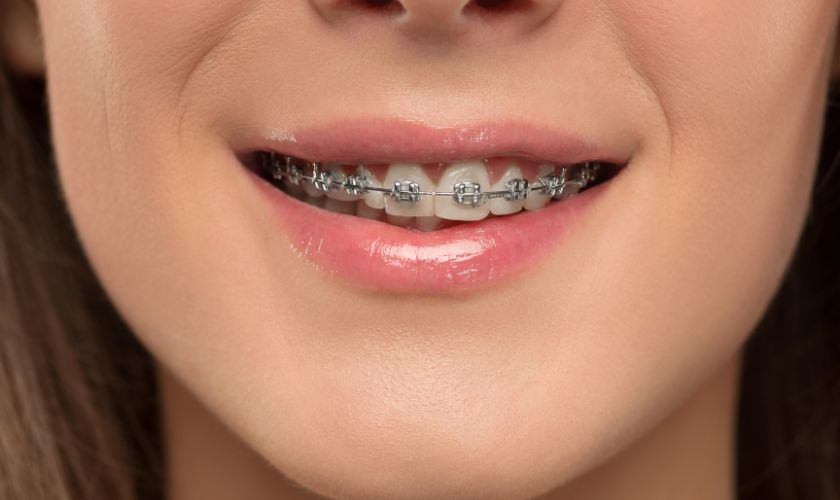Are you tired of feeling self-conscious about your open bite or underbite? Do you avoid smiling in photos because of the way your teeth look? If so, you’re not alone. Find out more about the different types of braces and how they can fix an open bite or underbite. Countless people struggle with these common orthodontic issues, but fortunately, there’s a solution: braces. So let’s dive in and discover exactly how this amazing treatment works!
What Is An Open Bite?
An open bite is a type of dental malocclusion in which the teeth in the upper and lower jaws don’t touch when the mouth is closed. This can occur due to several reasons, including genetics, thumb sucking, or poor oral hygiene. An open bite can cause problems with eating and speaking, and can also lead to gum disease and tooth decay.
Braces are one of the most common treatments for an open bite. By applying pressure to the teeth, braces can slowly move them into the correct position. In some cases, other treatments may be necessary in addition to braces, such as jaw surgery.
What Is An Underbite?
An underbite is a condition where the lower teeth protrude beyond the upper teeth. This can happen when the jaw grows abnormally or if the teeth are misaligned. Underbites can cause problems with chewing and speaking, and can also lead to tooth decay and gum disease. Braces can be used to correct an underbite by moving the teeth into their proper position. In some cases, surgery may also be necessary to correct an underbite.
How Do Braces Fix An Open Bite?
Open bite and underbite are common problems that can be corrected with braces. By closing the gaps in your teeth, braces can give you a more uniform smile. They can also help with chewing and speaking by making it easier for your teeth to meet correctly.
How Do Braces Fix An Underbite?
- Braces work by gradually moving your teeth into the correct position. They do this by putting gentle pressure on your teeth and changing the shape of your jawbone.
- The most common type of braces is metal braces. Metal braces are made of high-grade stainless steel. They are strong and durable, and they can be used to treat a wide range of dental problems.
- Invisalign is a type of clear brace that is virtually invisible when you wear them. Invisalign uses a series of clear, removable aligners to gradually move your teeth into the correct position.
- If you have an underbite, your lower jaw protrudes forward compared to your upper jaw. This can give you an unattractive appearance and can also cause problems with chewing and speaking. An underbite can also cause pain in the jaw joints.
- Braces can be used to treat an underbite by slowly moving the lower jaw into the correct position. In some cases, surgery may be required in addition to wearing braces.
The Bottom Line
All in all, braces are a great way to correct open bites and underbites. With the help of an experienced orthodontist, you can have your teeth shifted into their ideal positions so that your smile is looking its best, as well as improving your oral health overall. It’s important to follow your doctor’s instructions carefully during treatment if you want to get the most out of it. Braces may take some time and commitment for them to work correctly, but with patience and diligence on behalf of both patient and practitioner alike, a stunning smile could be just around the corner!


